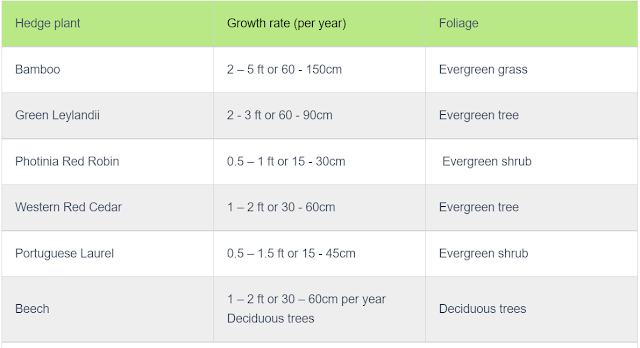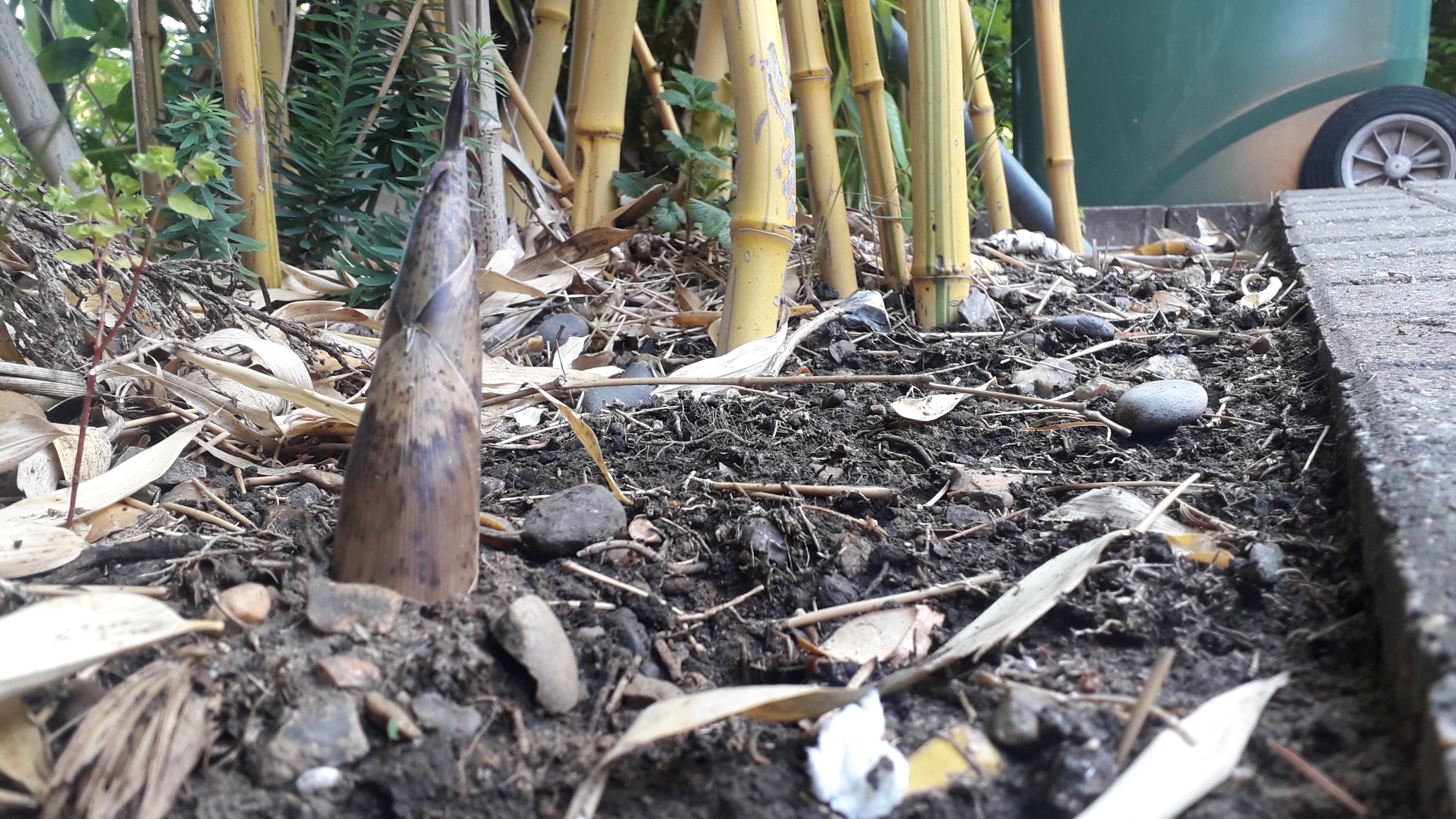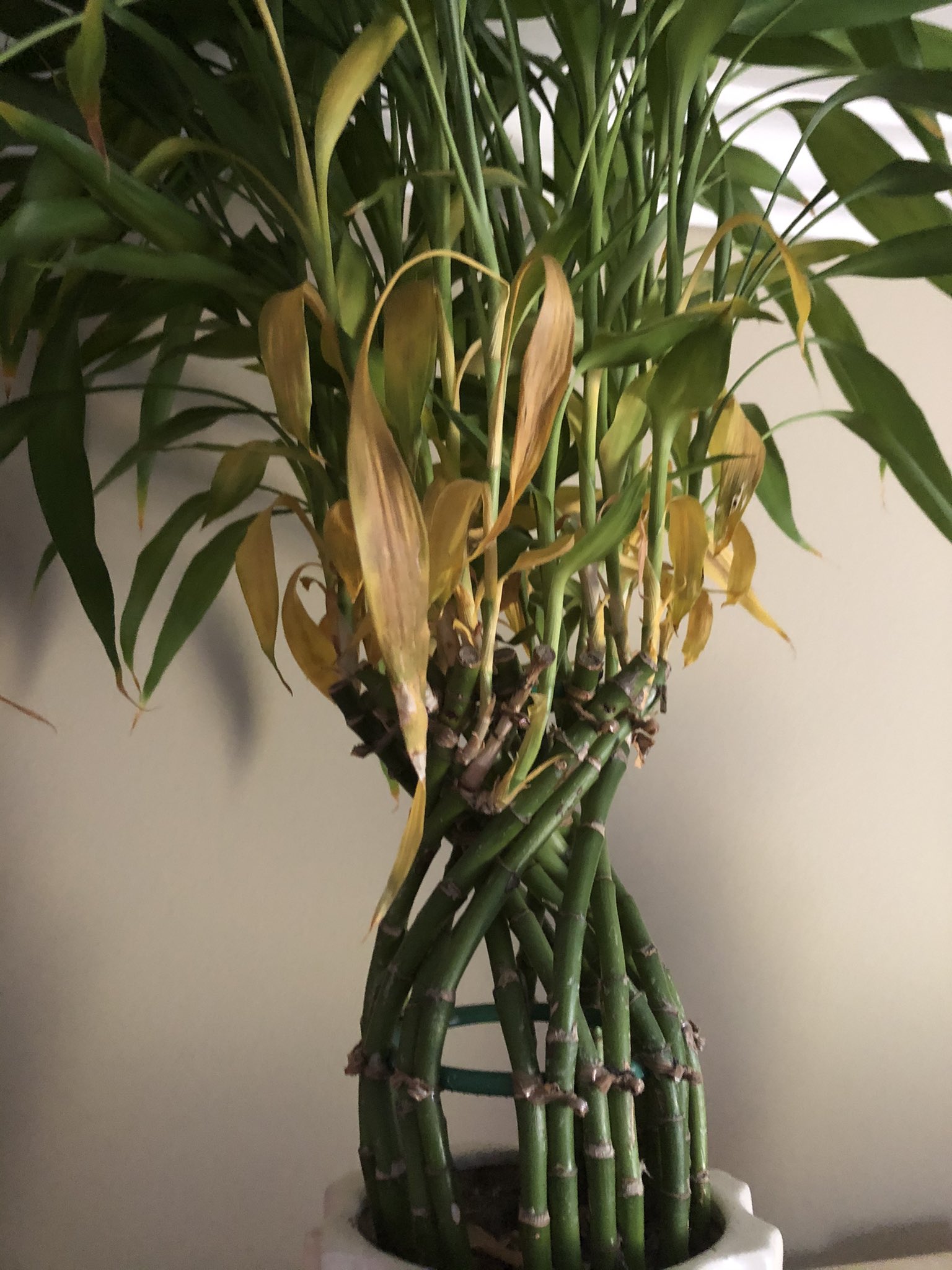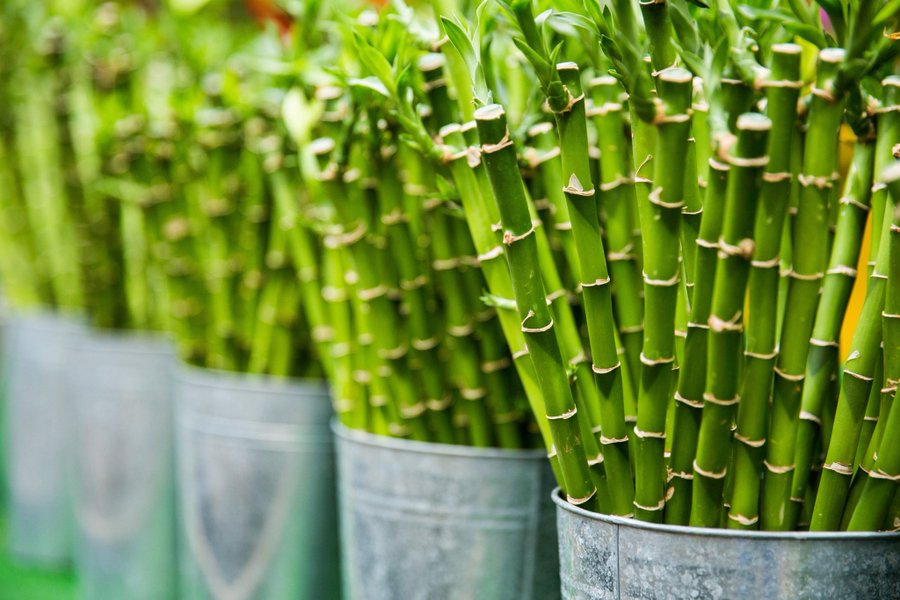Fargesia murielae Standing Stone is an upright (tall) Umbrella Bamboo also known as the Flaming or arrow bamboo for its tall and straight canes.
Newly introduced clump-forming bamboo is exceptionally hardy and tolerant to poor soil conditions.
Upright, tight clump-forming bamboo, ideal as an individual plant or grown in pots and containers. Standing Stone is also a good option for a tall hedge and privacy fence.
Buy Fargesia Murielae Standing Stone
Standing Stone Bamboo is a beautiful ornamental bamboo, an ideal choice for tall-growing hedges or screens, or as an individual plant.
To buy Fargesia Murieliae Simba, here is where to buy clumping bamboo plants. We listed some top UK Home & Garden retailers online like Crocus and YouGarden.
Click on the link/s where you’ll be directed to top UK Bamboo Suppliers.
You can check the latest prices before buying the bamboo that suits your budget. (Let us know if you have a particular choice of bamboo that we can help with).
Fargesia murielae Standing Stone Features
- Identification: Fargesia murielae 'Standing Stone', Umbrella Bamboo, Arrow Bamboo, Flamingo, Green Arrow.
- Foliage: Arch-forming, evergreen.
- Culm colour: Yellow-green.
- Height: Upright, 5m.
- Spread: clump-forming, non-spreading bamboo.
- Perennial: 10 – 20 years.
- Use: Individual plants, containers, ornamental; canes are exceptional bamboo sticks for garden plants
Growth requirements
- Site: Best in full sun, tolerates shade, avoid windy locations.
- Soil: Prefers Loamy or clay, well-drained moist, doesn’t like compacted soil.
- Hardiness: - 10 degrees Celsius.
- Care: Protect new growth from slugs, susceptible to wind and heavy snow.
Maintain Fargesia murielae Standing Stone
Bamboo Standing Stone is a tall slim clump-forming Fergasia Murielae.
Although the culms have strength in numbers, the new culms stand little chance against the strong wind. They'll sway and bend easily.
Grow Fargesia murielae Standing Stone away from the wind.
Alternatively, support the culm by tying them together. [Here is a YouTube video about How to Protect Bamboo from the wind and snow.]
Care for Standing Stone Bamboo
Slugs adore the new bamboo plants (shoots and rhizomes tips). Apply the Snail and Slug Killer to protect the new growth.
The best time to apply the Snail and Bug Killers is early Spring when new growths are prominent.
Fargesia murielae ‘Standing Stone’ is a tall Fargesia clump-forming bamboo. Though it is a tolerant and tough bamboo, it needs protection from the wind.
This clump-forming bamboo forms a tightly packed cluster of arching stems and evergreen foliage, that emerges into a thicker hedge or screen.
Apply fertiliser if or when necessary.
Alternatively, add mulch in early in Spring, ideally before the new shoot growth. This will improve the condition of the soil and give a healthy Standing Stone bamboo.
20+ Fargesia Murielae Bamboo Cultivars
The Umbrella Bamboo (Fargesia murielae Standing Stone) is as arching, clump-forming bamboo, closely resembling Fargesia murielae varieties.
Here are five Umbrella Bamboo plants that are closely related to the Standing Stone.
- Fargesia murielae 'Jumbo'
- Robusta Campbell Umbrella Bamboo
- Nitida Obelisk Hybrid Umbrella Bamboo
- Fargesia murielae Simba Umbrella Bamboo
- Fargesia Nitida Winter Joy Fountain Bamboo
We did extensive research on the popular bamboo plants in the UK and, carefully, gathered the qualities and features so that you can find the one that suits you.
Check out our collections of over 20 Fargesia murielae and Fargesia nitida bamboo plants. Alternatively, use the search bar (on the right) if you are looking for a particular bamboo.
We present the information in a simplified version where you can easily identify the bamboo that suits you.
Amazing Garden Bamboo Plants
Bamboos are amazing plants. They come in various sizes, shapes, colours, and formations.
Although some varieties (Phyllostachys) are invasive, they are manageable. They need care when they are newly planted. Once establish, you only have to check on them and enjoy the evergreen plant.
Fargesia bamboo varieties are non-spreading and form clusters of rigorous stems. These bamboo plants are best for small hedges and privacy fences.
They thrive in pots and containers, and as individual plants.
Bamboo is fast-growing, provides cover fast and last longer than many other perennial. They are tough and tolerant plants.
Ornamental Garden Bamboo Plants
The garden and containers bamboo plants are evergreen all year round and tolerant to hardy conditions.
They provide greenery all season, always a joy to watch the hedge dancing in the wind or standing among the white snowfall.
Subscribe to our YouTube channel.
You can also leave a message below. We would be delighted to interact with you.









